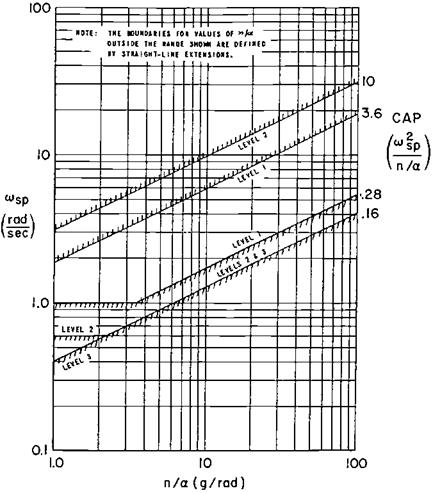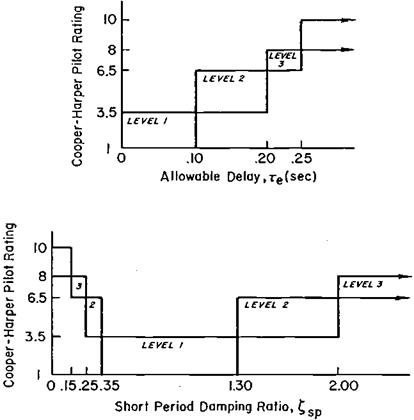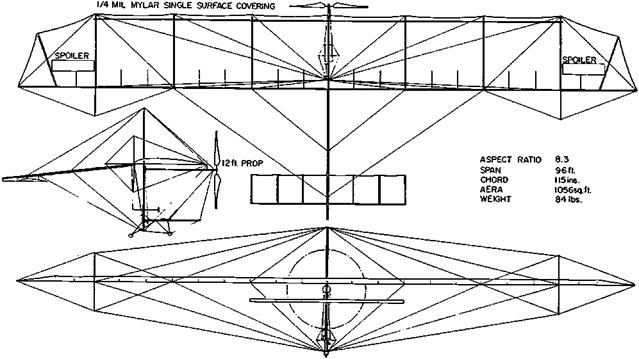The F-14 Tomcat
The next variable-sweep airplane to see service was the Navy’s Grumman F-14 Tomcat. Static longitudinal stability is excessive with the wings fully swept back at high Mach numbers, even though the F-14 uses the Alford-Polhamus-Wallis arrangement. Grumman corrected the problem with a small leading-edge extension on the glove, which is called a glove vane (Figure 16.2). The vane starts to extend at a Mach number of 1.0, reaching a full 15-degree extension at a Mach number of 1.5.
Other interesting F-14 stability and control features are the use of horizontal tail differential incidence for lateral control. Wing spoilers also provide lateral control for wing sweep angles below 57 degrees. The spoilers are almost aligned with the wind at sweep angles above 57 degrees, so locking them out loses nothing in roll control power. Like the F-111, the F-14 has triply redundant three-axis stability augmentation. These are analog systems, typical for aircraft of its generation.
16.2 The Rockwell B-1
The Rockwell B-1 strategic bomber is an interesting variable-sweep case in that the aerodynamic center shift when sweeping the wings is large enough to require compensating center of gravity shifts. The wing pivot point is outboard, as in the F-111 and F-14, but the trailing edge of the fully swept wing does not merge with the horizontal tail leading edge. Thus, the B-1 configuration does not take full advantage of destabilizing downwash increases with the wing swept back. The required center of gravity shifting on the B-1 is done by pumping remaining fuel between the forward and aft tanks.
The airplane can be landed if the wing becomes locked in its full aft position of 67.5 degrees (65 degrees for the B-1B), but with full nose-up control minimum airspeed is close to 200 knots, making for a very high-speed landing. The story is that a B-1 based at a U. S. Air Force airfield in Kansas with a wing stuck in its full aft swept position had to fly to Edwards Air Force Base in California to use its extra-long runways.
The B-1 can have a severe stability problem at the other endof the sweep range, the landing position of 15 degrees. This occurs if the wings are swept forward to 15 degrees without waiting for the fuel to be pumped forward as well. This was guarded against originally by a warning light that came on if fuel transfer had not been made before unsweeping. According to Paul H. Anderson, a warning light was used originally instead of a positive interlock that would prevent unsweeping until fuel was transferred because of concern that a failure in the interlock system could lock the wing in its aft position.
However, a tragic accident occurred at Edwards when a pilot apparently ignored the warning light and unswept a B-1’s wings without the compensating forward center of gravity shift by fuel pumping. The airplane simply became uncontrollably unstable and was lost. A positive interlock replaced the warning light after that accident.
















